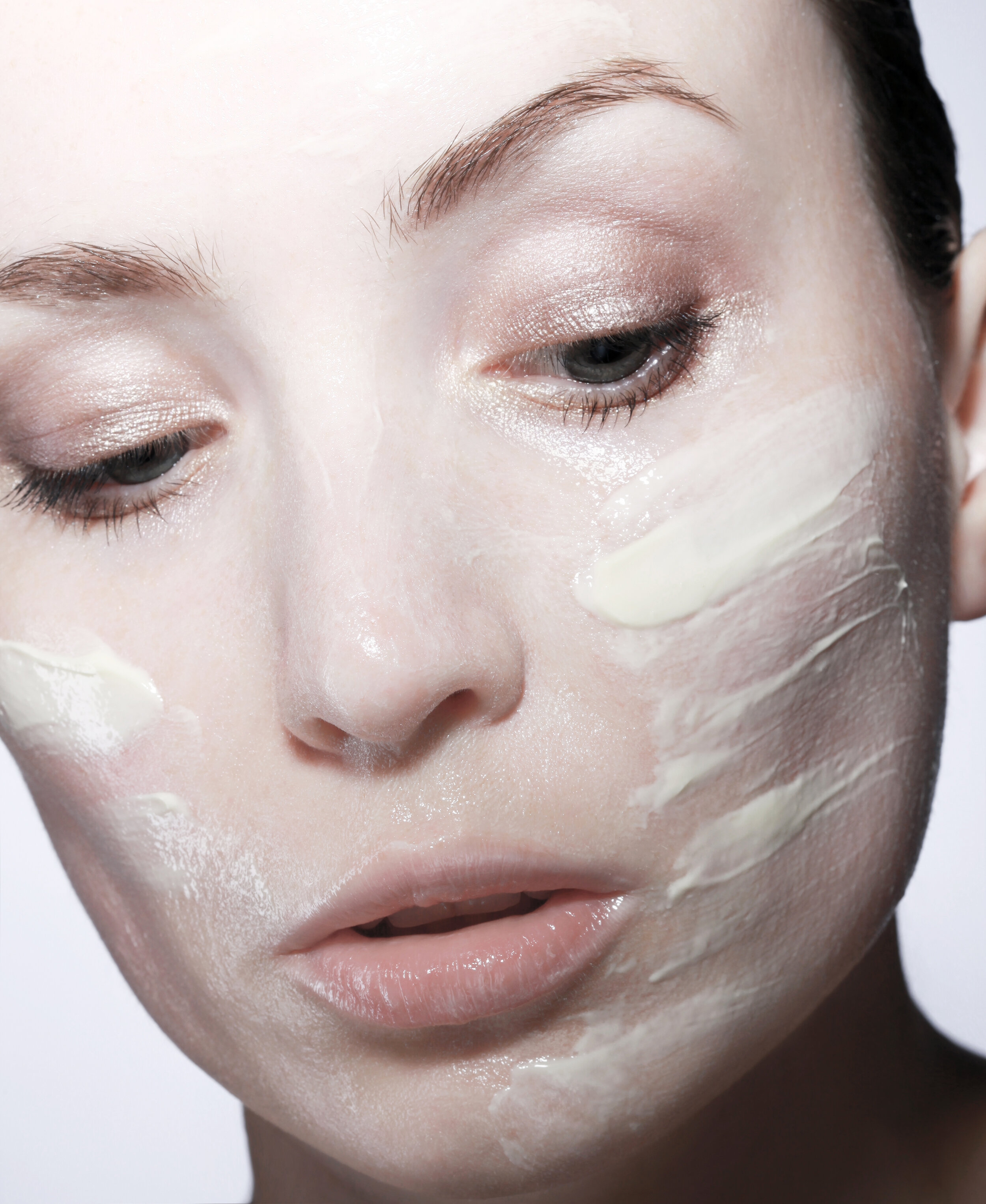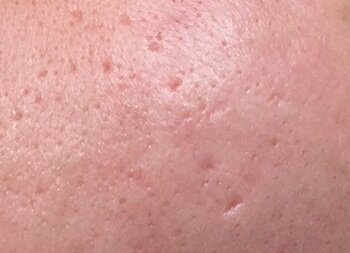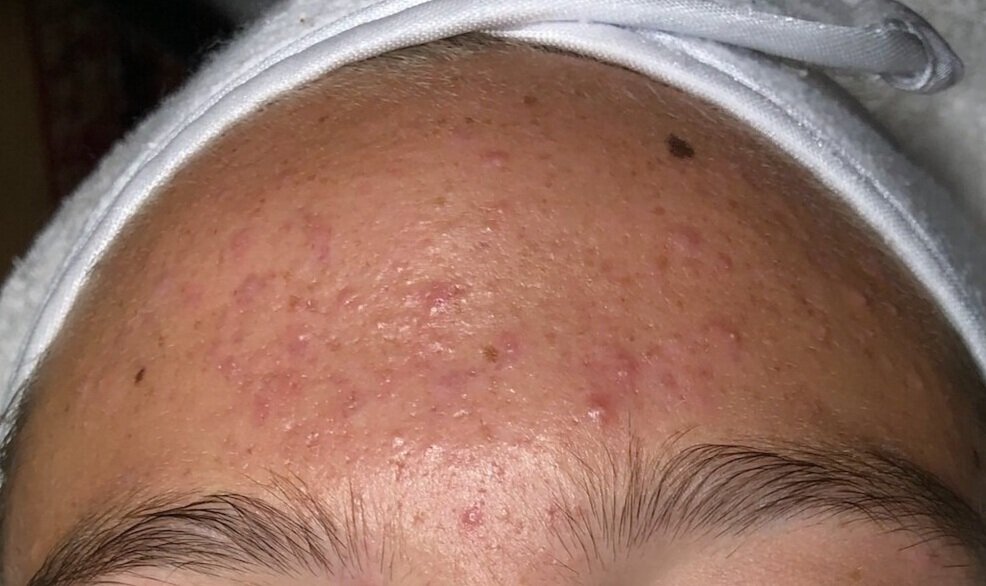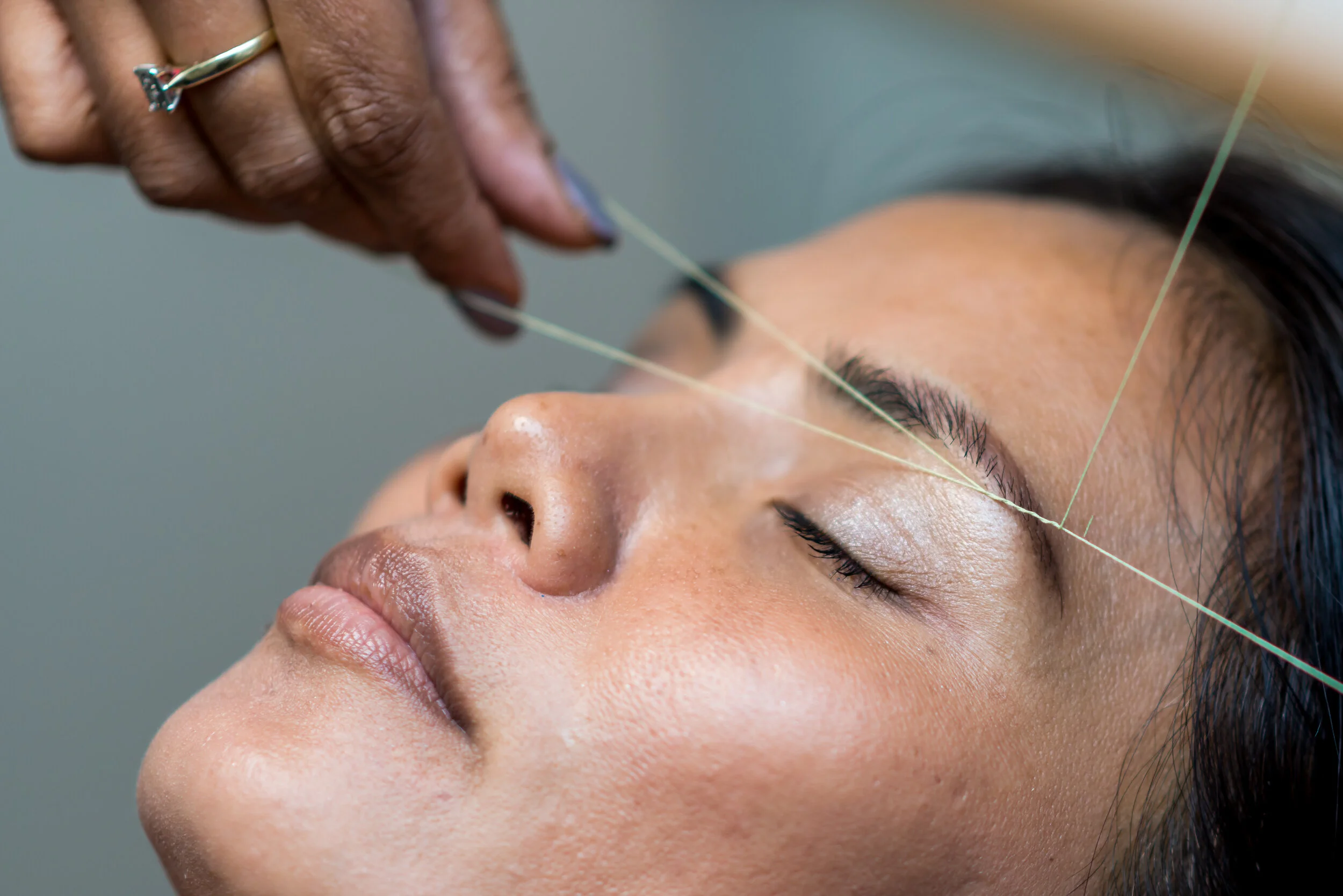Should I use a comedogenic ingredient checking tool like CosDNA or Skincarisma?
/One of the most important steps in getting and staying clear is to eliminate comedogenic, or pore-clogging, ingredients from your skincare, personal care care, household, and even your partner’s and baby’s products. Unfortunately, just because a product claims to be non-comedogenic doesn’t mean it’s true for reasons I explain in my post Why non-comedogenic products are not necessarily good for acne. Since non-comedogenic claims are unreliable, there is a multi-step testing process that we have our clients perform to determine if a product is actually acne-friendly or not and the first step in testing a product is to cross reference it against this list of comedogenic ingredients. Because the list is long and can be a little intimidating, it’s understandable that many of our clients want to bypass this step by using ingredient checking tools online like CosDNA and SkinCarisma. Unfortunately, there are no ingredient checking tools that are completely reliable at the currently.
TRUST THE PROOF
Anytime you are taking advice from someone or something about anything related to acne, the first thing you should ask yourself is whether or not this person or thing has proof that whatever advice or tool they are offering has actually helped people get clear for an extended period of time. It is easy to get sucked into people, packaging, tools, and claims that seem convincing but the proof is always in the pudding. When it comes to acne, you should only trust people and tools that have gotten AT LEAST a hundred people clear for at least a few years and they can show the results with bright, clear pictures. Unfortunately, none of the ingredient checking tools online have proof that their comedogenicity checkers have actually been used to get people clear so although it might seem like a convenient and fast way to bypass our list, it could end up costing you more time in the end if you end up breaking out from a tool that seems fancy but that hasn’t actually actually been proven to work in real life.
MOST TOOLS ARE NOT RELIABLE FOR COMEDOGENICITY
There are lots of different comedogenic ingredient lists like this one and this one floating around the internet and there are more and more ingredient checking tools popping up all the time. The problem is that all of the current lists and tools are based on different criteria from different sources so many of them are inaccurate. The ingredients that different lists and tools check for might be based on different research studies or combinations of studies which is a problem in and of itself because most of the studies that have been done on comedogenicity are unreliable for reasons I explain in this post. Additionally, the exact ingredients some of the tools check for and the basis for why they consider them comedogenic are not always disclosed so for all we know they could have been drawn out of a hat. I don’t trust any of the currently available tools and I make my clients check their products the old fashioned way using our list when they start our acne program because some of my clients have thrown out products because they checked it against an ingredient checking tool online even though I know they are acne-friendly because hundreds of my clients have used them and gotten clear. On the other hand, there are products that I know are comedogenic that some of my clients thought were acne-friendly because some online tool said it was okay which tells me that the ingredients that tool is checking for are inaccurate. As I mention in my e-course, the golden rule is that your real life experience trumps everything so if you start using a product because it didn’t contain any of the ingredients on a list or online checker but you begin to notice an increase in breakouts, it means it’s not acne-friendly for your unique skin so stop using it.
IS THERE ANYTHING INGREDIENT CHECKING TOOLS CAN BE HELPFUL FOR?
If you want to check a product’s ingredients for “ingredient safety”, tools like CosDNA and SkinCarisma can be really helpful because they check against a defined set of criteria validated by the EWG or CIR. The problem with comedogencity is that there is no defined or reliable set of criteria set by any regulating agency so I tell my clients they can use ingredient checking tools as an initial scan. If you check the ingredients of a product and any of the ingredients are flagged as being comedogenic, they then check it against our list and if those ingredients are on our list then they can avoid that product without having to do a deeper check. However, if none of the ingredients match up with those on our list, they have to cross reference it one by one in the end anyways so it’s actually more time efficient to practice using the list and learning what the most common comedogenic ingredients are so that they can be a self-sufficient acne manager.
THE BOTTOM LINE
The bottom line is that managing acne takes work and effort and as much as I wish there were shortcuts not just for my clients but for myself since I still struggle with acne, there is no quick or easy way to get clear or stay clear. If you are actually triggered by comedogenic ingredients, the safest way to insure you aren’t being exposed to any pore-clogging products is to find a list from someone who is reliable and who has proof their list has been used to actually clear people long term and to practice using the list so you can learn which ingredients to look out for. The list might seem daunting at first but with practice, you will begin to learn the most common ingredients to look out for like coconut oil, shea butter, and sodium laureth sulfate. Even after almost a decade of using the list, I still don’t have every ingredient memorized but I rarely have to use the list because there are 5-10 ingredients that can be found in the majority of personal care products on the market and just memorizing those will make the process quick and easy most of the time.
































